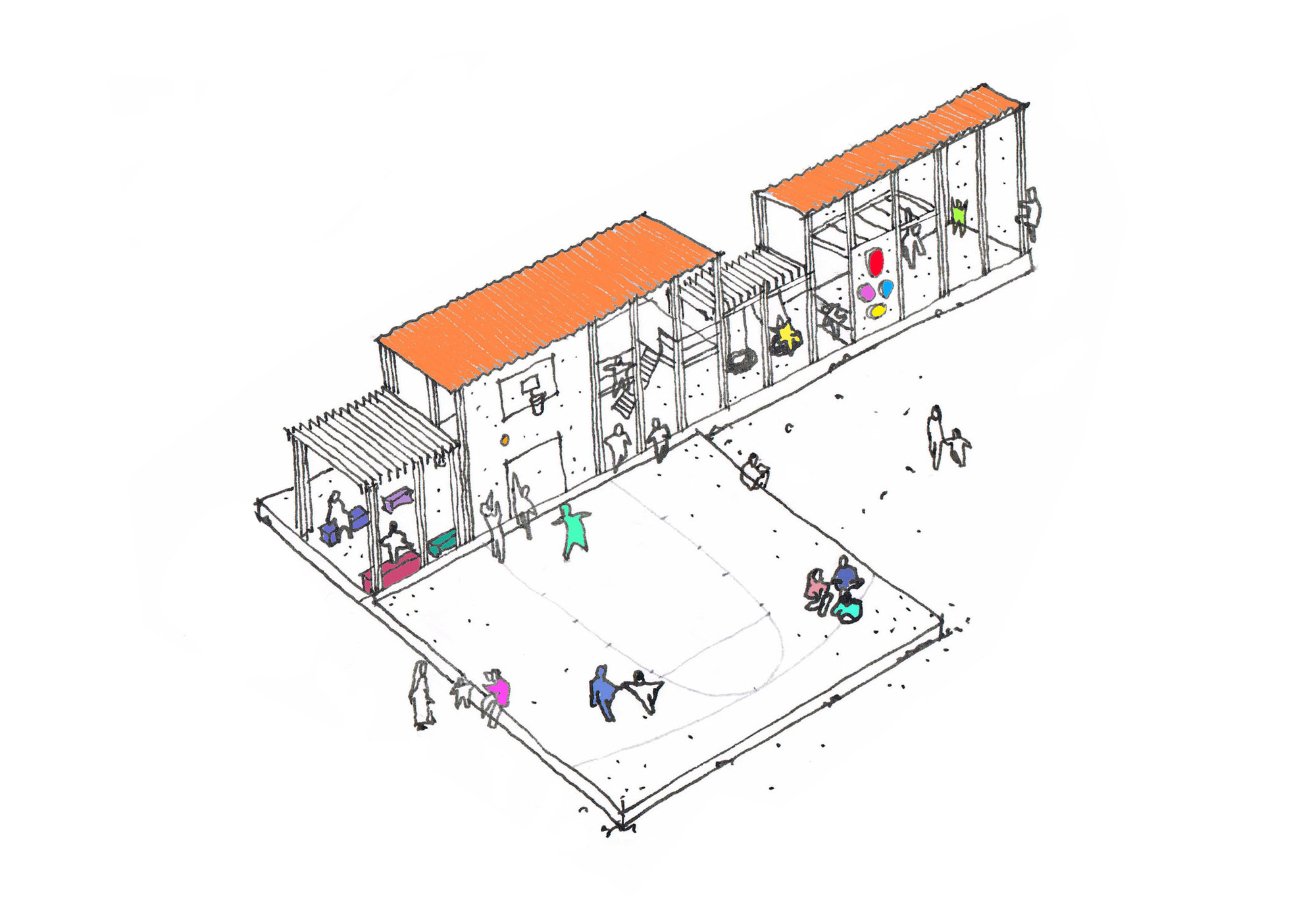
Throughout Syria’s four-year war, many of the country’s ancient monuments and artifacts have been demolished by ISIS and Syrian bombs targeted at Islamic militants. In August, ISIS destroyed Palmyra, one of the most important cultural centers in the world.
Yet a group of Syrian refugee artists in Jordan, with the support of the United Nations and Internal Relief and Development, have been salvaging some memories of their country’s destroyed artifacts. Since November 2014, these artists have been constructing miniature models of Syria’s ancient architecture through a project called Syria History and Civilization, according to a reporty by Buzzfeed News.














